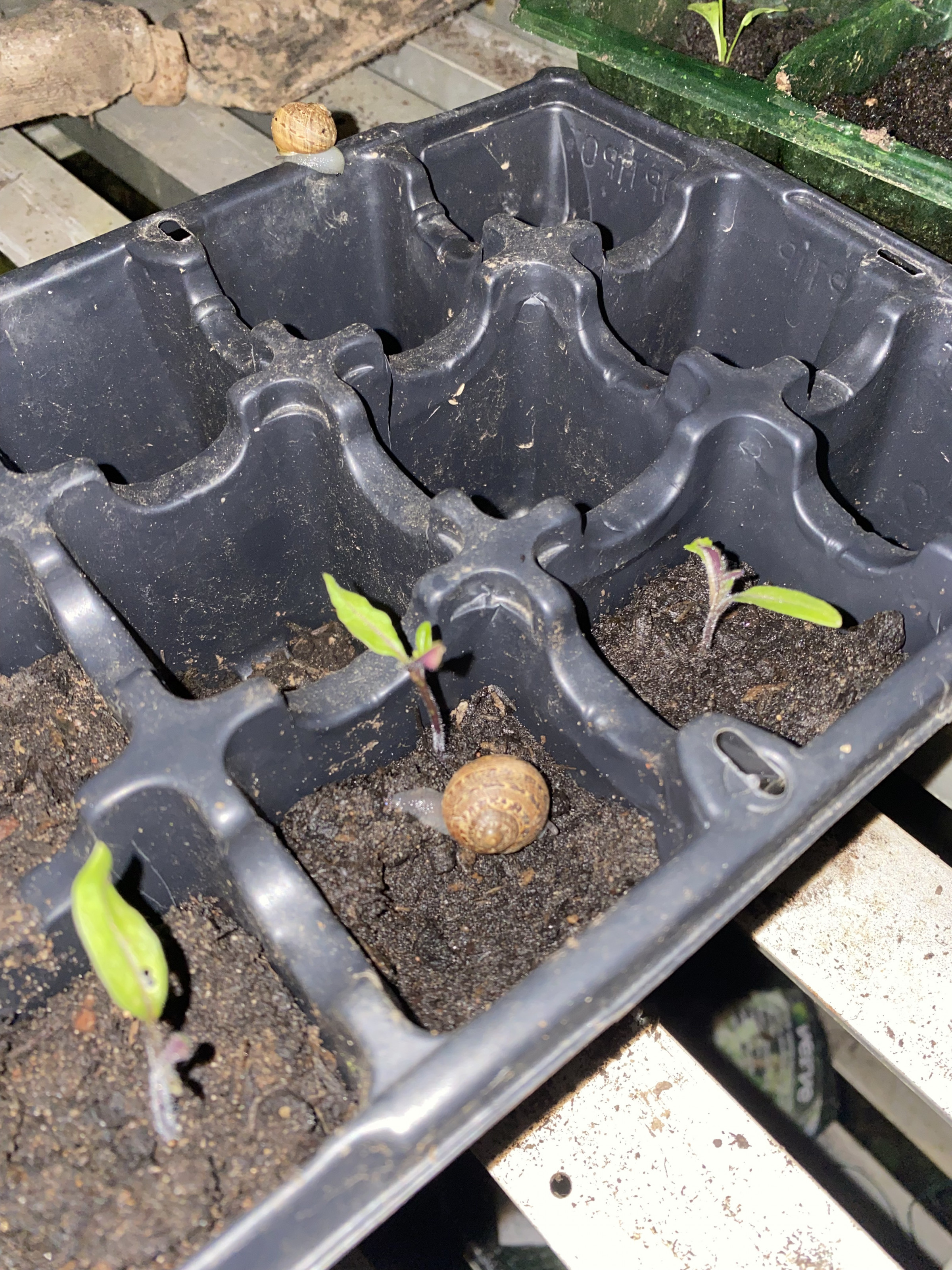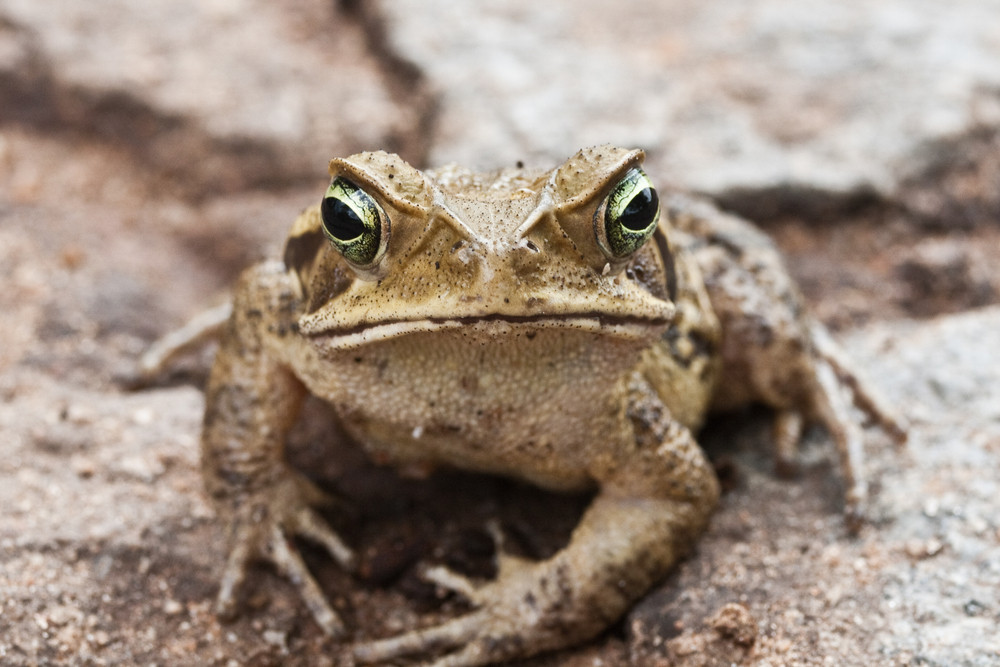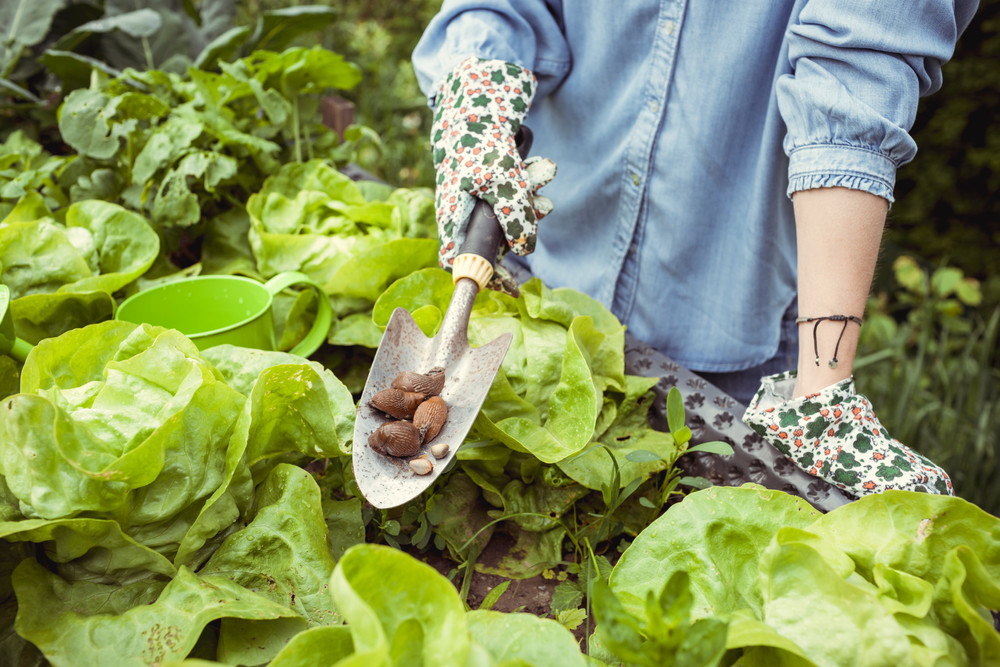The Secret Life of Slugs and Snails

Gardening is a delightful pursuit, bringing joy and satisfaction as we nurture plants from seeds to glorious towers of strength. However, every gardener knows that lurking beneath the surface, or sometimes right out in the open, are the notorious arch-enemies: slugs and snails. These creatures have a reputation for wreaking havoc in gardens, but what do we really know about their secret lives? This blog will explore the fascinating world of slugs and snails, their habits, and how to manage them while maintaining a thriving garden.
Understanding Slugs and Snails
Slugs and snails belong to the class Gastropoda, which means “stomach foot.” This class includes thousands of species, and while they may seem similar, slugs lack the hard shell that defines snails. Both, however, share a similar lifestyle, feeding primarily on plants, which often puts them at odds with gardeners.
The Anatomy of Slugs and Snails
Slugs and snails possess a soft, elongated body that allows them to glide across surfaces. They produce mucus to help them move smoothly and to retain moisture. Their tentacles, or feelers, are used for sensing their environment. The upper pair of tentacles are equipped with eyes, while the lower pair helps them navigate.
They also have a unique reproductive trait: they are hermaphrodites, meaning each individual carries both male and female reproductive organs. This duality allows them to mate and produce offspring with remarkable efficiency, often leading to a rapid increase in their populations
Habitat and Behavior
These mollusks thrive in damp environments, which is why they are often seen in gardens after a rain. They are nocturnal, emerging at night to feed on tender leaves, fruits, and vegetables. During the day, they hide in cool, shaded areas, such as under rocks, logs, or mulch.
Their secretive nature allows them to evade many predators, but they do have natural enemies, including birds, frogs, and other wildlife. Unfortunately, their population can explode in favorable conditions, leading to significant damage to garden plants.
The Impact on Gardens
For gardeners, slugs and snails can be particularly frustrating. Their feeding habits can lead to:
- Damaged Leaves: Slugs and snails create ragged holes in leaves, making plants look unattractive and stressed.
- Fruit and Vegetable Destruction: They are especially fond of tender fruits and young seedlings, often consuming them before they can mature.
- Disease Transmission: These pests can also carry diseases that affect plants, further complicating a gardener's efforts.

The Garden Planner's Guide to Managing Slugs and Snails
While slugs and snails can be a gardener's nemesis, there are effective strategies to manage their populations while promoting a healthy garden. A well-thought-out garden planner can help incorporate these strategies into your gardening routine.
1. Creating a Slug-Resistant Garden
The layout of your garden can deter slugs and snails. Consider the following when designing your space:
- Use Raised Beds: Elevating your plants can make it more challenging for slugs to access them.
- Incorporate Barriers: Copper tape, crushed eggshells, or diatomaceous earth can create barriers that slugs and snails avoid.
2. Attracting Natural Predators
Encouraging the presence of natural predators can help keep slug and snail populations in check. Birds, frogs, and beneficial insects are excellent at controlling these pests. Planting flowers that attract these animals, such as marigolds or sunflowers, can create a balanced ecosystem in your garden.

3. Monitoring and Trapping
Regular monitoring of your garden will help you identify slug and snail activity. Setting traps can be an effective way to reduce their numbers:
- Beer Traps: Bury a container up to its rim and fill it with beer. Slugs are attracted to the scent and will drown in the liquid.
- Hand-Picking: During evening garden checks, you can manually remove slugs and snails from your plants.
4. Using Organic Solutions
If your slug problem becomes severe, consider using organic solutions. Several products on the market target slugs while being safe for your garden:
- Iron Phosphate: This organic bait is effective in controlling slugs and snails without harming other wildlife.
- Garlic Spray: Homemade sprays made from garlic can deter these pests due to their strong scent.

Conclusion
Slugs and snails may be the arch-enemies of gardeners, but understanding their behavior and employing effective management strategies can significantly reduce their impact on your garden. By integrating these practices into your garden planner, you can cultivate a flourishing space that remains resilient against these pests.
As we continue to learn more about the secret life of slugs and snails, we can find ways to coexist with them, ensuring our gardens thrive while respecting the delicate balance of nature. Remember, every garden has its challenges, but with the right knowledge and tools, you can enjoy the fruits of your labor, free from the destruction of these molluscan marauders.


